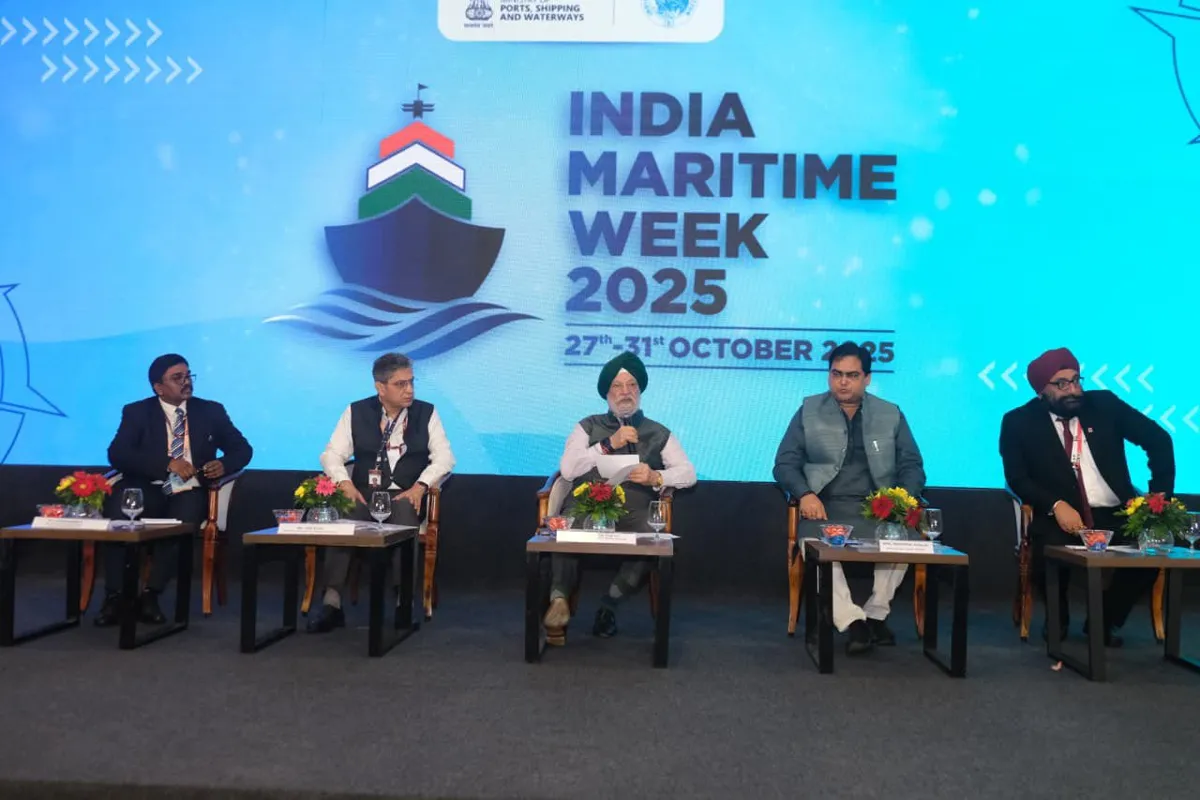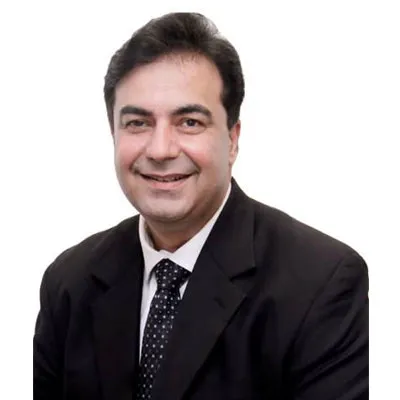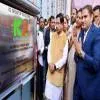
India eyes Rs 8 trillion maritime investment by 2047

Shalimar Paints Launches New Durable Luxury Interior and Exterior Range
Shalimar Paints has introduced three additions to its portfolio: Hero Insignia Luxury Interior Emulsion, Superlac PU Gloss Enamel and Hero Weather Guard 12 Luxury Exterior Emulsion. The new range is designed to combine finish, durability and environmental responsibility for modern residential spaces.Hero Insignia is a water-based luxury interior emulsion formulated with hybrid binder technology, providing a silky finish, stain resistance and protection from scuff marks. It offers more than 2,000 colour options, a 10-year promise and zero VOC levels, and can be applied on plaster, concrete and ..

Trimble Promotes Harsh Pareek as VP Direct Sales for APAC
Trimble has promoted Harsh Pareek to Vice President, Direct Sales, Asia-Pacific for its Architecture, Engineering, Construction and Operations (AECO) division. Mr Pareek joined the company in 2017 and has more than 27 years of industry experience. He most recently served as Regional Sales Director for India for over eight years, during which he played a major role in accelerating Trimble’s growth and expanding its footprint across the Indian Subcontinent.Expressing his focus for the new role, Mr Pareek said that the AECO sector in Asia-Pacific is entering a phase driven by technology, sustai..

Rajasthan Moves Mining Processes Fully Online From 15 December
The Rajasthan government will make all mining-related processes entirely paperless from 15 December, a senior official said. The Mines, Geology and Petroleum Department will halt all offline work across its mining modules, requiring officials to operate exclusively through online systems. Principal Secretary (Mines) T Ravikant said compliance monitoring will begin on 1 December while addressing an orientation workshop for officials from the Jaipur, Bharatpur, Ajmer, Kota and Bikaner zones. Ravikant explained that the department has developed two mobile applications and fourteen online modules..
















